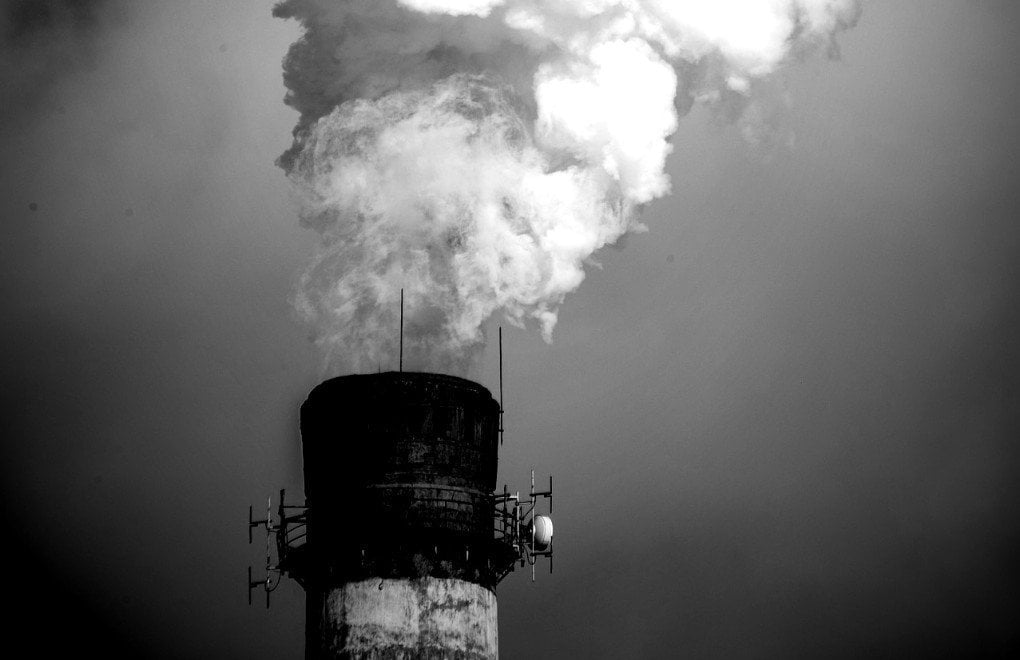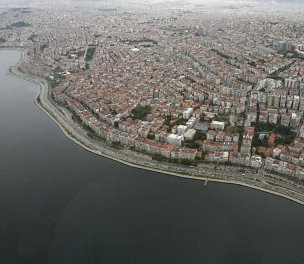* Photo: Pixabay
Click to read the article in Turkish
A study conducted by the Istanbul Technical University (ITU) has shown that air pollution has dropped by 10 percent in İstanbul over the past year during the novel coronavirus (COVID-19) outbreak.
According to the study coordinated by Prof. Hüseyin Toros from the ITU Meteorological Engineering Department, there is only a single district of İstanbul where air pollution has increased: Esenler.
As part of the study, the nitrogen dioxide (NO2) air pollution data obtained by air quality measurement stations of the Ministry of Environment and Urbanization and municipalities has been analyzed.
The highest decrease in air pollution has been observed in Esenyurt district with 24 percent. It is followed by Başakşehir with 21 percent, by Ümraniye with 18 percent and by Fatih with 15 percent.
Carbon emissions have dropped as well
Speaking to the state-run Anadolu Agency (AA) about the findings of the study, Prof. Hüseyin Toros has first underlined that with industrialization, air pollution is one of the biggest dangers faced by humanity.
Raising concerns that 7 million people lost their lives due to air pollution across the globe every year, Toros has said, "Air pollution has a negative effect on several diseases as well." Referring to the measures taken against the outbreak, Toros has briefly stated the following:
"A decrease in air pollution means that carbon emissions have decreased, which makes a significant contribution to alleviate global climate change. It is of utmost importance to use the resources efficiently and stop wasting so that air pollution can be reduced."
Turkey ranks 46th in the IQAir report
The Switzerland-based air quality company IQAir published its 2020 World Air Pollution statistics in March 2021. In the report examining 106 countries, Turkey ranked 46th while it ranked 43th in the previous year. The ranking is based on PM 2.5 per cubic meter, which was 18.7 for Turkey. The city with the highest air pollution in Turkey was Çorum with 36 PM2.5 per cubic meter. It was followed by Erzurum and Düzce. (TP/SD)










